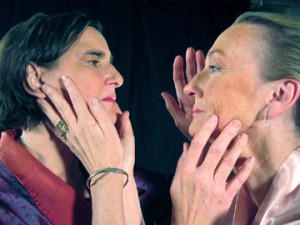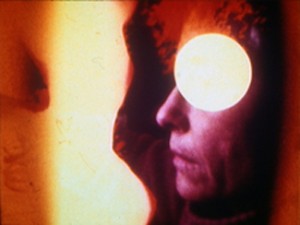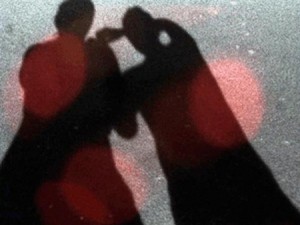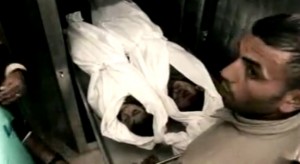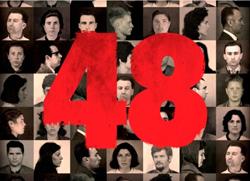.jpg)
October 30, 2010 Opus Bonum Jury
Jihlava Documentary Festival, Czech Republic
The old man, the young woman, they can’t help but repeating the same phrase until it appears like the truth: History is written by the winners. But for the last 14 years here in the unlikely town of Jihlava (is it so unlikely?) another history is being born, written with small cameras and large convictions. It is a history of what has been left behind or looked over in the rush for the new, and it has produced a temporal oasis, an oasis of time where we an sit and think alongside our pictures. For all of that, thank you.
I have been given the impossible task to be the single juror and argue with myself – to watch only the most beautiful movies and choose the best, and by the most beautiful I mean of course the most compassionate and intelligent and perfectly balanced.
But how could I choose just one (but why not one?). To stand before you as if I had only one body and announce that this movie should be the top, which of course would turn all the rest of the movies into bottoms? Tops and bottoms. Fiction film, I think, is made by tops, but documentary is the art of the bottom. The fiction maker commands and controls while the documentary artist undertakes a radical project. She or he digs into the roots of a situation. They are busy working underground, underneath their subjects, finding roots for every shot and every collision of shots. Perhaps what I am looking for is the queen of the bottoms, someone who had dug so deep that they come out on top, as if the last could become first.
Every movie in the Opus Bonum section is honorable and deserves mention. Let me please note James T. Hang and Yin-Ju Chen’s brilliant essay collage about Japanese biological warfare in China during the second World War and its ideological camouflage. And Nostalgie de la Lumiere by the genius Chilean director Patricio Guzman, whose stately powerful film marries astronomers with the terrible search for bodies that escaped the fascist bulldozers. The rigorous meta movie The Dubai In Me offers pleasures both real and simulated, and then there are the scenes that left scars on my eyeballs after watching children die in Gaza hospitals for the sin of being Palestinian in To Shoot An Elephant. Or Digna Sinke’s ten years in the making love letter of a home movie.
But in the end there was one movie whose pictures cut me deeper than the rest. Every image in this film was made by a criminal wearing a cop uniform, culled from the secret detention archives of Portugal’s police. Every one of them shows a turning point, a confrontation of power, a decisive moment. The filmmaker seeks out these survivors today, and they tell their simple complicated stories, of their torture and disfigurement and survival. In other words, they show me the cost of having a face, the cost of seeing a face like this one. For reaching back and holding these faces with the tenderness of an ear, the queen of the bottoms must be a film named simply 48 by the Portugese filmmaker Susana de Sousa Dias.
